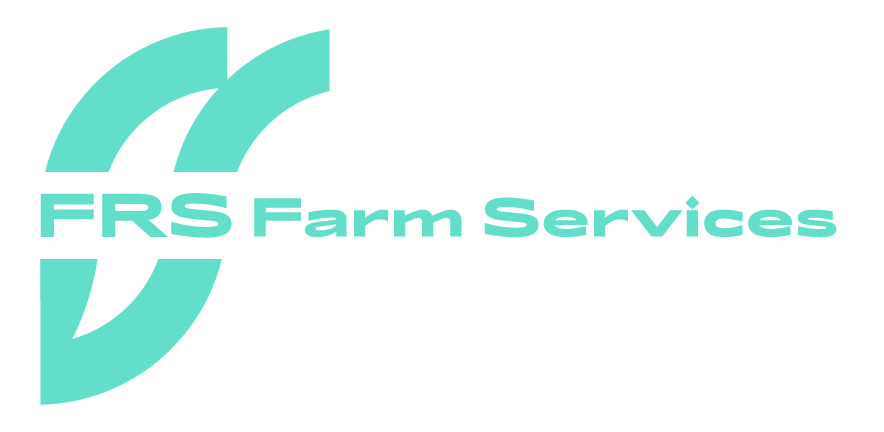For suckler and dairy farmers who calf down in Spring, now is the time for them to think about cow pregnancy scanning. Having a cow that will produce a calf every 365 is key to the overall growth and profitability to the farm.
Some farmers may decide not to pregnancy scan; however this practice should be viewed as an investment to help improve herd management.
When To Scan
Cow pregnancy scanning operators can scan cows from thirty days after insemination or service (when the bull is removed). Pregnancy in cows is diagnosed with an electronic probe by rectal examination early in pregnancy. Being able to predict when cows and heifers are due to calf can be a huge advantage to farmers.
Benefits
Firstly, the main benefit is to tell whether the cow/heifer is in calf. Any ‘empty’ animals will be identified and marked. Knowing this will help the farmer make better informed decisions when it comes to selecting which animals to cull. Having better knowledge of the herd can save the farmer time, money, feed and shed space over the Winter/Spring period.
Scanning can give a good estimate on the number of weeks the cow is in calf. This information can then be used to predict the due date, and this will influence how she is fed, penned, vaccinated, etc.
Imputing information into the farming app, Herdwatch, can help calculate due dates and manage the calving herd. Herdwatch can also give reminders and updates for dosing etc. If the farmer uses ICBF, inseminations and scan results will automatically be sent to ICBF from Herdwatch. This means the farmer can get the benefit of better reporting from ICBF.
This information can also help farmers plan in advance. Sorting cows and heifers into pens/groups by their due date can save time once calving starts. By knowing dates and numbers, farmers can be organised for their peak calving period and sort out facilities and help if required.
Scanning at the right time can also show if the cow/heifer is expecting twins. In this case the animal may need to be watched closely for complications. Also, it can help farmers know what to expect i.e if a situation is expected to be difficult the farmer may need assistance from their local vet.
This practice can also let farmers learn more about their animals. For example, the scan may show up a cow carrying an unviable embryo or have issues with fertility/physiology. This can inform the farmer and may impact the decision to cull in the future.
Lastly, scanning gives an accurate overview of the success of insemination or the bulls running with the herd. Teagasc states that if scanning reveals that more than 5% of the cows/heifers are empty, it may signify that there is a fertility problem. Knowing this in advance can help plan for the next successful breeding season.
Herdwatch
Farmers can save time on farm paperwork by using Herdwatch. The farming app allows you to record important information whilst being out on the farm. It helps make breeding management easier with user-friendly features including recording all single or multiple serves and scan results, creating reports and identifying non-cycling cows. For more information visit www.herdwatch.ie .
For farmers looking for more information about cow pregnancy scanning or hiring extra help during the busy Springtime, contact your local FRS office. Visit www.frsfarmrelief.ie.
